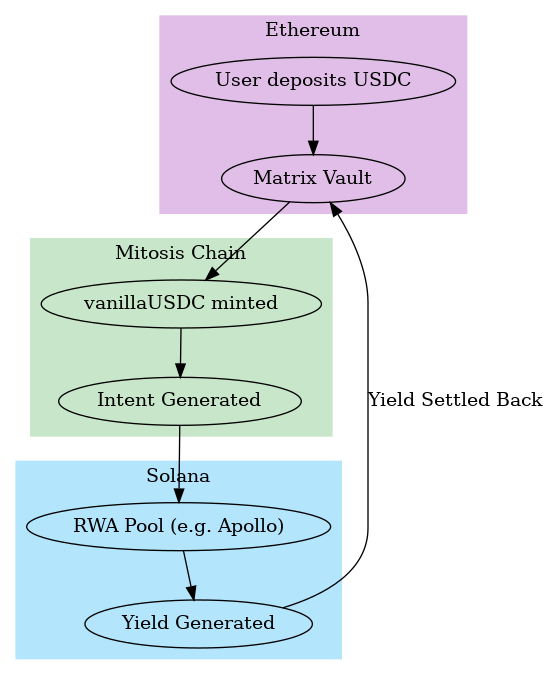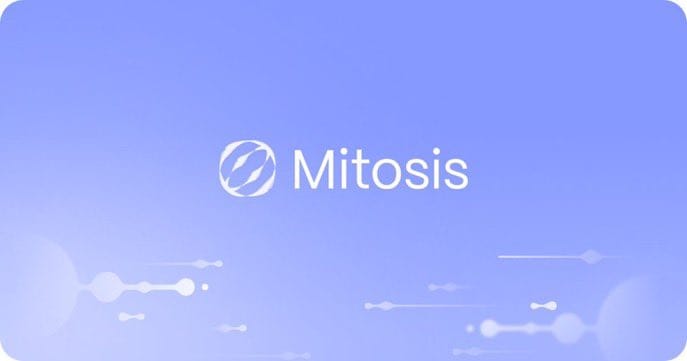Institutional DeFi Liquidity: How EOL Can Serve Real-World Funds

Introduction
Institutional capital is entering DeFi with renewed interest in 2025 — and with it, the growing need for sustainable, secure liquidity infrastructure. While real-world asset (RWA) tokenization is unlocking traditional finance (TradFi) opportunities on-chain, the success of institutional adoption hinges on effective liquidity strategies. This is where Ecosystem-Owned Liquidity (EOL), pioneered by Mitosis, becomes a powerful solution.
The Problem with RWA Liquidity Models
Traditional RWA-focused DeFi platforms often suffer from structural inefficiencies:

These models rely on siloed pools and restricted governance. Capital efficiency remains low, and liquidity fragmentation undermines scale. RWAs require not just tokenization — they need programmable, scalable, and composable liquidity.
Enter Mitosis: A New Approach to Institutional Liquidity
Mitosis introduces a modular solution tailored for institutional-grade liquidity provision. EOL (Ecosystem-Owned Liquidity) ensures that the protocol, not mercenary capital, governs and routes liquidity across chains.
Key Components of the Mitosis Model

- Matrix Vaults: Entry point for capital; users deposit stablecoins like USDC.
- Vanilla Assets: 1:1 tokenized representations, enabling trustless cross-chain routing.
- Intent Layer: Generates and routes orders to protocols like Apollo on Solana.
- Yield Settlement: Yield returns are routed back automatically — improving transparency and automation.
Why EOL Aligns With Institutional Needs
Institutions seek regulatory clarity, long-term alignment, and infrastructure with risk-controlled mechanisms. Mitosis addresses these through:
- Transparency: LPs know exactly how capital is deployed across chains.
- Governance Participation: EOL vaults operate under decentralized governance.
- Composability: Vanilla Assets and Matrix Vaults work natively across Ethereum, Solana, and more.
- Security: With integration of Hyperlane and modular intent execution, asset routing minimizes bridge risk.
Institutional Integration Use Case
Imagine a yield-bearing USDC fund:
- Deposits into Mitosis.
- Liquidity routed to Apollo’s Solana-based RWA pool.
- Yield streamed back and visible in real-time.
- Governance can rebalance destinations.
This model is:
- Transparent ✅
- Cross-chain by design ✅
- Modular and upgradable ✅
Conclusion
As institutional capital increasingly enters DeFi, the limitations of traditional RWA liquidity models become clear. Ecosystem-Owned Liquidity (EOL) offers a new path — one that’s composable, governed, and built for the modular multi-chain world. Mitosis, with its Matrix Vaults, Vanilla Assets, and intent-based routing, is positioning itself as a foundation for the next wave of institutional DeFi. By bridging real-world capital with programmable liquidity, Mitosis ensures DeFi’s evolution isn’t just retail-friendly — it’s institutional-ready.
Resources and References
- Mitosis University (2025). Understanding Matrix Vaults
- Mitosis (2025). The 2025 Boom in RWA Tokenization
- Mitosis (2025). All You Need to Know as a Mitosis LP
- Limechain (2024). What are Real-World Assets in Web3
- CryptoNews (2024). The Growing Role of RWAs in Web3 Finance


Comments ()